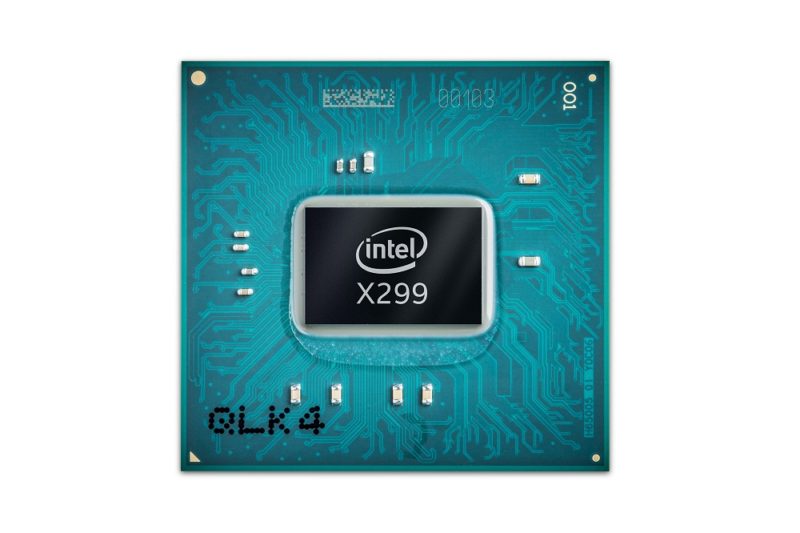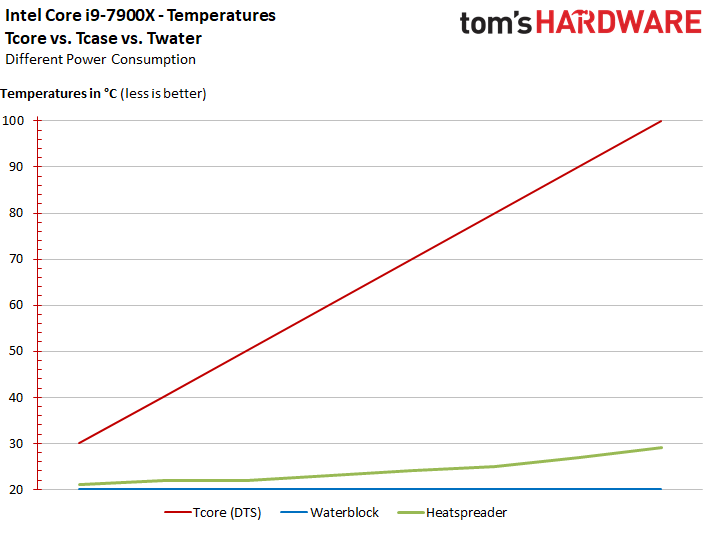Skylake-X Design Responsible for X299 Overheating Issues
Ashley Allen / 7 years ago

Earlier this month, famed overclocker Roman Hartung – aka Der8auer – branded Intel’s X299 a “disaster” for overclocking. Specifically, Der8auer criticised the X299 VRM cooling solution. Now, an investigation by Tom’s Hardware reveals the problem to be inherent in the chips’ design.
Examining the Thermal Issues
Tom’s Hardware set out to tackle the following two hypotheses:
- Skylake-X at its stock settings can barely be cooled during normal operation. This is due to its power consumption being extremely high in some situations, and its thermal paste keeping waste heat from being dissipated effectively.
- There’s barely any room for enthusiasts to overclock. Also, many motherboards limit Skylake-X CPUs further due to poor design choices, such as insufficient VRM cooling. Those looking for high overclocks need not apply.
- To examine the above points, Tom’s Hardware took thermal sensor readings and compared them to infrared thermal measurements from the VRMs and LGA interface. The experiments used an Intel Core i9-7900X running on a simple LGA 2066 motherboard.
The Results
Tom’s Hardware concluded that X299 can’t run high-end air coolers for more than a few minutes without choking, even at 160W. It also calls out Intel for using thermal paste over an indium-based solder. As a result, waste heat dissipation from the die and heat spreader is inadequate. The following table shows a remarkable temperature gap between the chip itself and the heat spreader on top:

The article goes into greater detail, but the above illustrates a glaring problem with the X299 design. Tom’s Hardware has reached out to Intel but has not yet received a response.



















